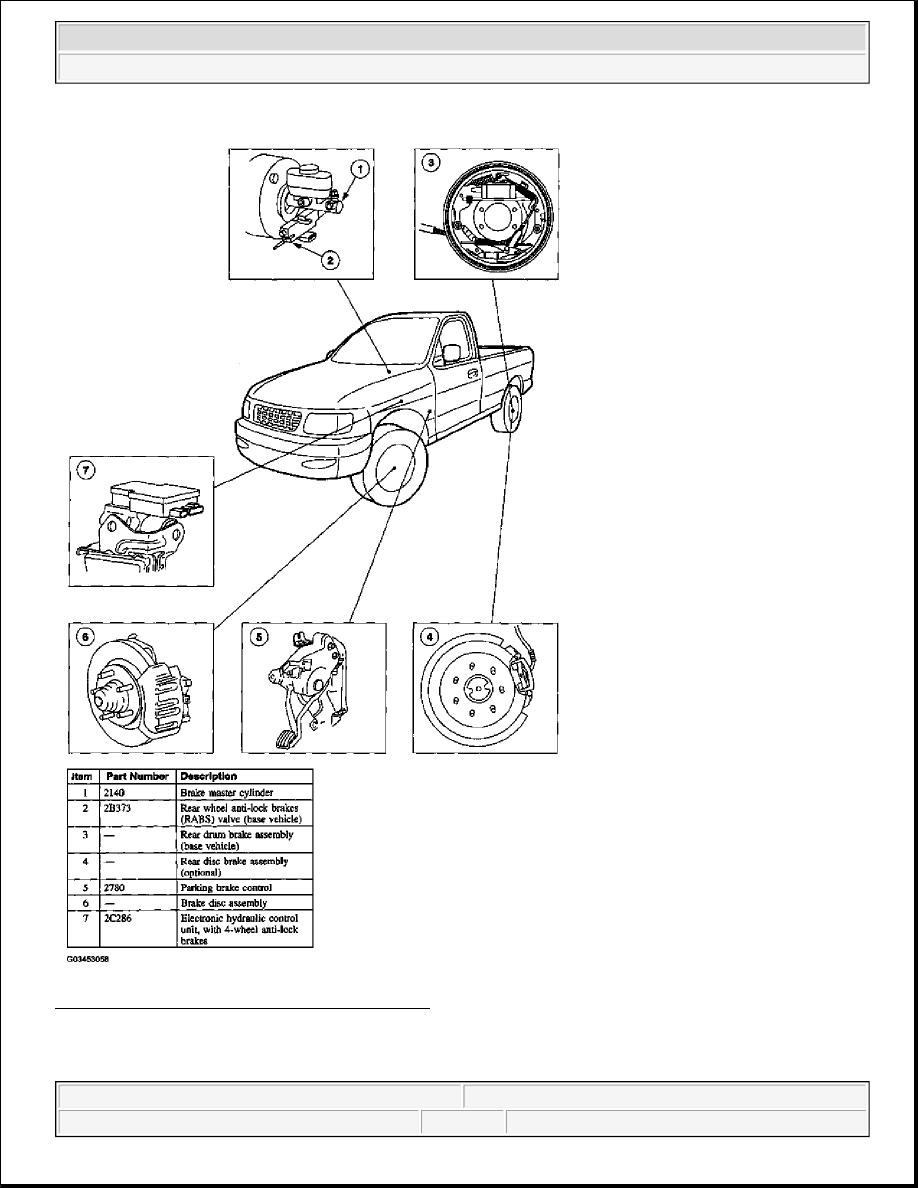Ford F150 Pickup. Instruction - part 337

Fig. 1: Brake System Description And Operation
Courtesy of FORD MOTOR CO.
z
The vehicle is equipped with a vacuum-assisted power braking system.
2003 Ford Pickup F150
2003 GENERAL INFORMATION Brake System - General Information - F150 Pickup